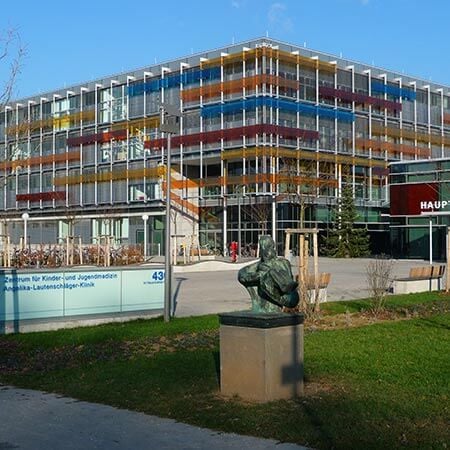About the disease
Pulmonary fibrosis is a condition whereby lung tissue becomes scarred. Over time, this scarred tissue becomes thick and starts to surround the air sacs in the lungs, which are vital for proper pulmonary functioning. As a result, breathing becomes difficult.
There are many factors that can cause lung tissue scarring. For example, conditions such as pneumonia or polymyositis can lead to lung damage. Certain autoimmune diseases such as rheumatoid arthritis or lupus can also affect the lung tissue. However, the direct connection between autoimmune diseases and pulmonary fibrosis has not been proved entirely.
Disease is not the only cause of lung scarring. Continious exposure to harmful chemicals and pollutants can lead to lung scarring as well. Substances such as silica and hard metal dust can be very harmful if inhaled regularly over a period of time. It is vital for miners, factories workers and people who work in other places where industrial dust is prevalent to wear protective masks during their shifts. People who live in large cities are also advised to visit parks and other clean green places from time to time, to lower the risk of lung damage.
Smoking can be dangerous as well, especially for people who have other lung conditions or who live in a polluted environment. According to Mayo Clinic, the percentage of smokers among pulmonary fibrosis patients is much higher than that of non-smokers. Someone who has undergone radiotherapy in the past, or who takes a lot of certain medications, is also more at risk of developing pulmonary fibrosis.
Nonetheless, the definitive cause of pulmonary fibrosis is unknown. There are no precipitating factors, such as infections or other lung diseases, that could cause scarring of lung tissue initially, but scarring developed anyway. In such case, this condition is called idiopathic. Pulmonary fibrosis is considered to be more common among men than women. Middle-aged and older people are also affected more frequently. This condition can lead to respiratory failure, which is why preventative treatment is absolutely necessary.
Symptoms
- Shortness of breath
- Continuous cough
- Weakness
- Pain in the lungs
- Weight loss
- Muscle pain
Diagnosis
- During a general examination, the doctor will listen to the patient’s lungs with a stethoscope, so check for strange sounds such as a whooshing noise or crackle.
- The doctor will ask the patient about their medical history, to find out if they have ever been affected by any other lung conditions.
- Imaging tests, such as an X-ray or CT scan, are performed so that doctors can examine the patient’s lung tissue and determine if there is any sign of scarring.
- A lung function test can establish how much the lungs have been damaged by pulmonary fibrosis. The patient is asked to exhale into a special tube. This helps doctors determine how much air the patient can exhale and how quickly they are able to do it.
- A biopsy can confirm the diagnosis if the imaging tests were unclear or if there is a suspicion of cancer.
Treatment
- There is no definite cure for lung scarring. Nonetheless, there are many ways to alleviate this condition and avoid complications.
- Medications are prescribed to reduce shortness of breath and alleviate muscle and/or joint pain.
- Oxygen therapy and mechanical ventilation may be recommended, if the patient requires assistance with their breathing. This helps them to get the required amount of oxygen into their lungs.
- A lung transplant may be necessary in extreme cases, if the patient’s ability to breathe has been drastically affected by tissue scarring and their condition is critical.
Authors: Dr. Nadezhda Ivanisova, Dr. Sergey Pashchenko



















